Fresh Water Tank Fill
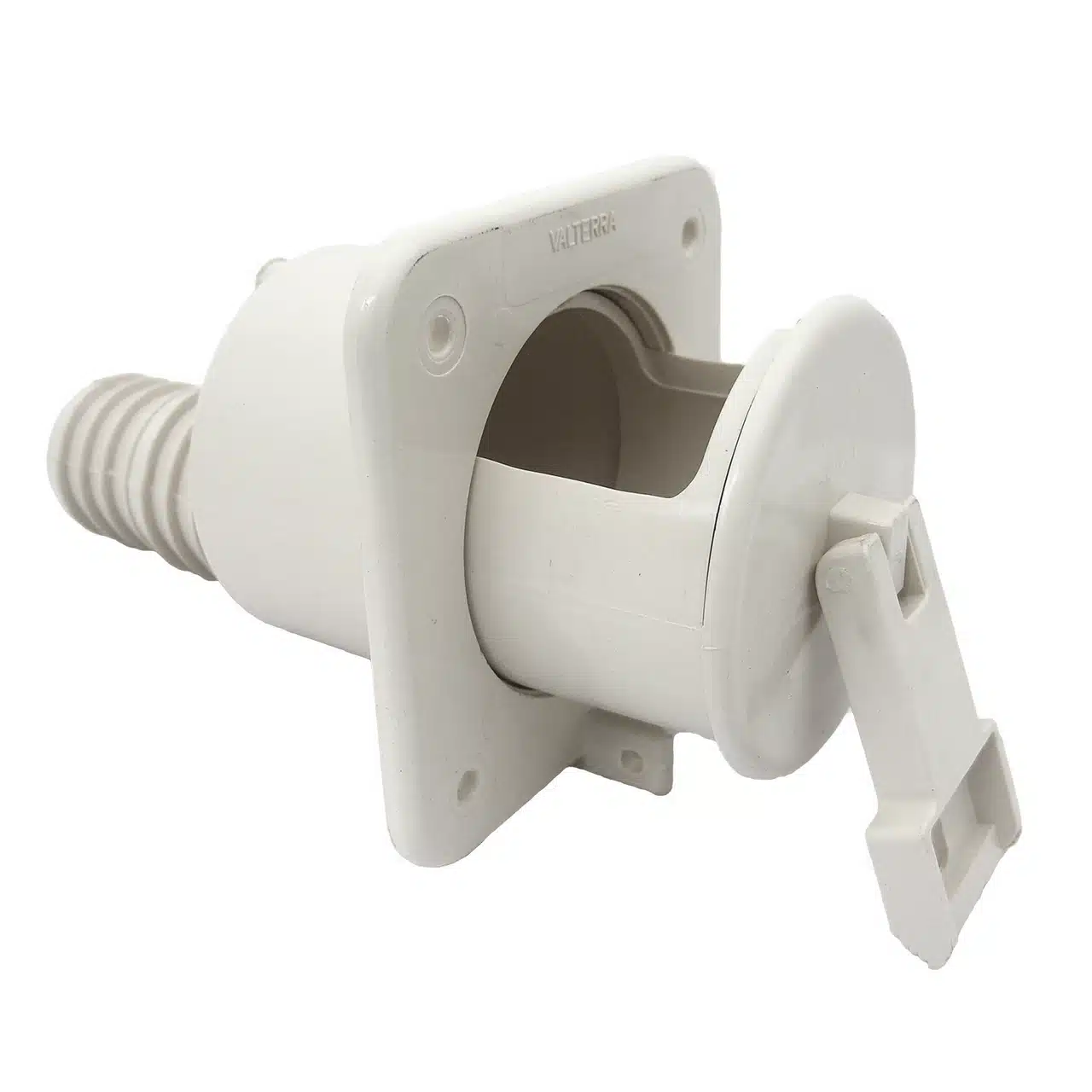
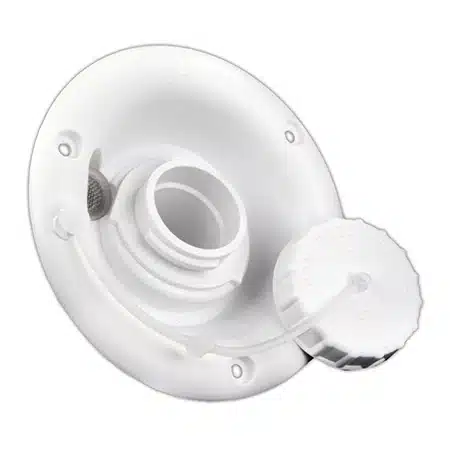
- The fresh tank fill fixture provides an inlet port for you to introduce clean water into the RV’s fresh water tank.
- It typically consists of a hose connection point and a shut-off valve to control water flow.
- Some fixtures may also include a backflow preventer, a crucial component that prevents contaminated water from entering the tank.
Types of RV Fresh Tank Fill Fixtures:
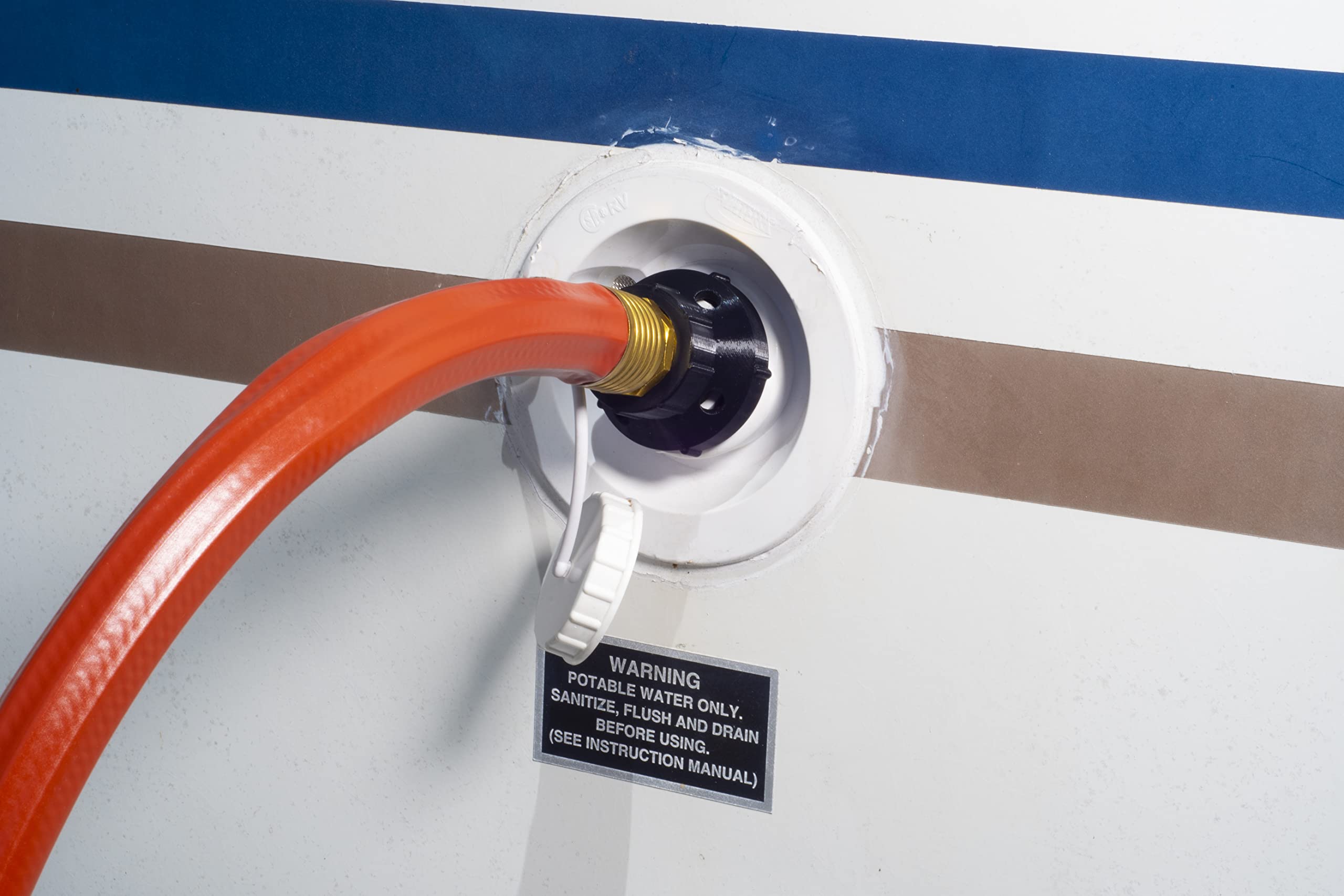
Gravity Fill Port:
This is the most basic type. It’s a simple opening on the exterior of the RV, often with a threaded connection for attaching a hose. Gravity pulls water from the source (jug, campground tap) into the tank.
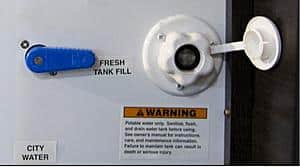
Combination Fill Port:
This versatile option combines both gravity and city water fill capabilities in a single unit. It might have separate threaded connections for each function or a diverter valve to switch between them usually located in a compartment.
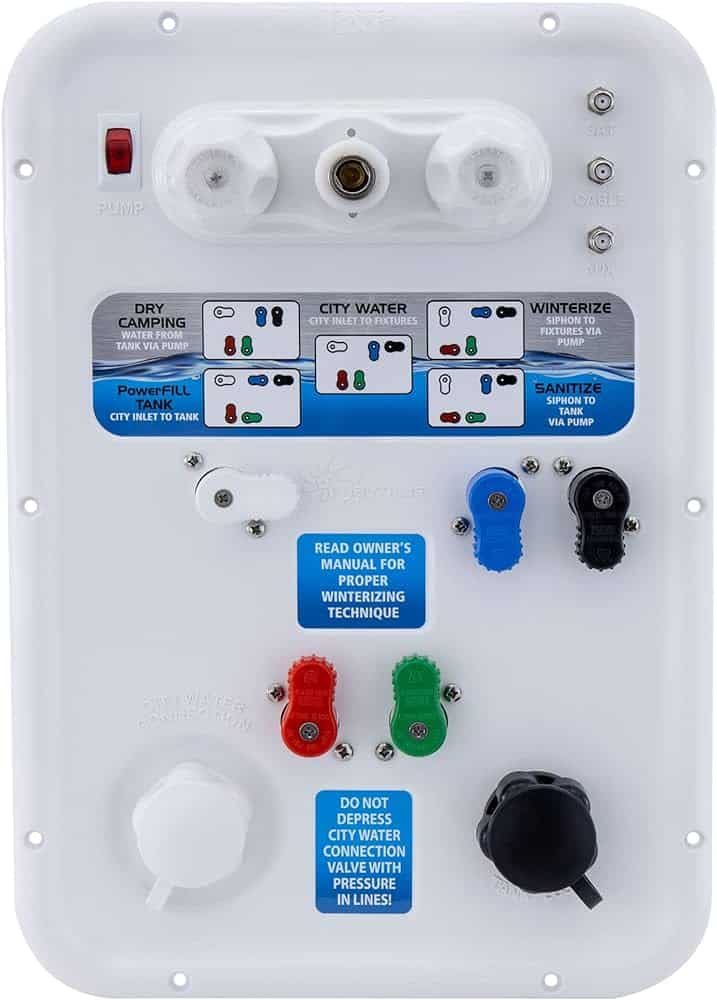
Integrated Fresh Water Fill Panels:
Offer a streamlined and aesthetically pleasing option by combining a fill inlet, diverter valve (tank or city water selection), and potentially a pressure regulator or faucet into a single, dedicated panel (e.g. Nautilus).
Location
- Fresh tank fill fixtures can be found in two configurations:
- Standalone Fixture: This is the most common setup, where the fill port is a separate unit mounted directly on the exterior of the RV.
- Water Compartment: Some RVs install the fresh tank fill fixture into a designated “water bay” ot compartment. This panel might also house the city water connection, sewer outlet, and other plumbing hookups.
- The location of the fill fixture, whether standalone or within a water panel, is typically on the driver’s side of the RV. However, it’s always best to consult your RV’s owner’s manual for the exact placement.
- In some RVs, the water panel or standalone fixture might be located within a designated “water bay” compartment. This compartment provides easy access to the water connections and protects them from external elements.